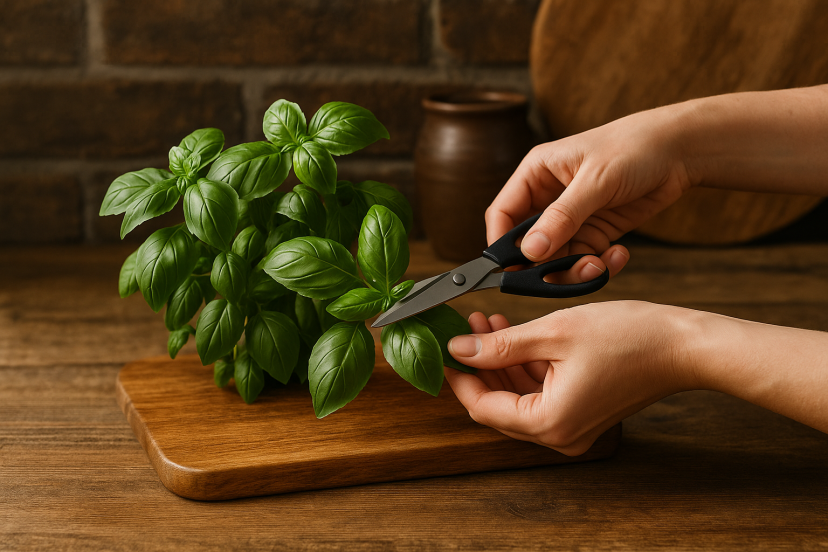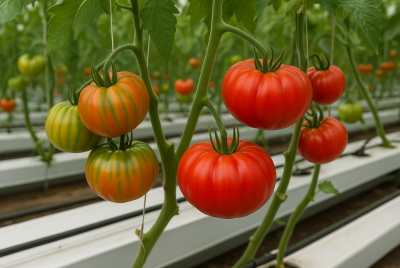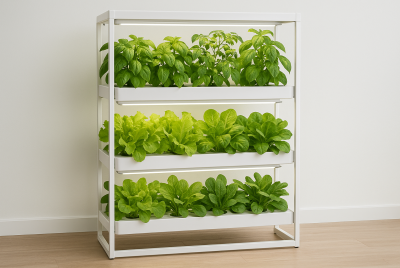Herbs Year Round: 10 Tips for Continuous Indoor Harvests
We may earn a commission for purchases made using our links. Please see our disclosure for more details.
Have you ever grabbed a bunch of herbs from the store only to watch half of it turn slimy in the fridge before you could use it? It’s a common frustration. Fresh herbs elevate any dish, yet keeping them on hand often feels wasteful and inconvenient. On the flip side, growing herbs year round indoors solves that problem beautifully. Imagine having basil for pizza in January or mint for summer iced tea—without ever stepping outside. With the right approach, you can enjoy continuous indoor harvests, no matter the season.
Why Growing Herbs Indoors Makes Sense
Growing herbs year round indoors isn’t just about convenience—it’s a lifestyle upgrade. For one, you’re always cooking with peak freshness. A sprig of rosemary clipped seconds before roasting potatoes tastes completely different from a dried version in a jar. Plus, you save money. Packaged herbs from the grocery store often cost as much as starting a plant that will keep producing for months.
For hydroponics enthusiasts, the benefits go even further. Hydroponic systems use less water than soil, keep pests at bay, and give you precise control over nutrients. Research even shows that indoor greenery improves mental health and productivity, which means your herb garden isn’t just feeding your kitchen—it’s boosting your mood too.
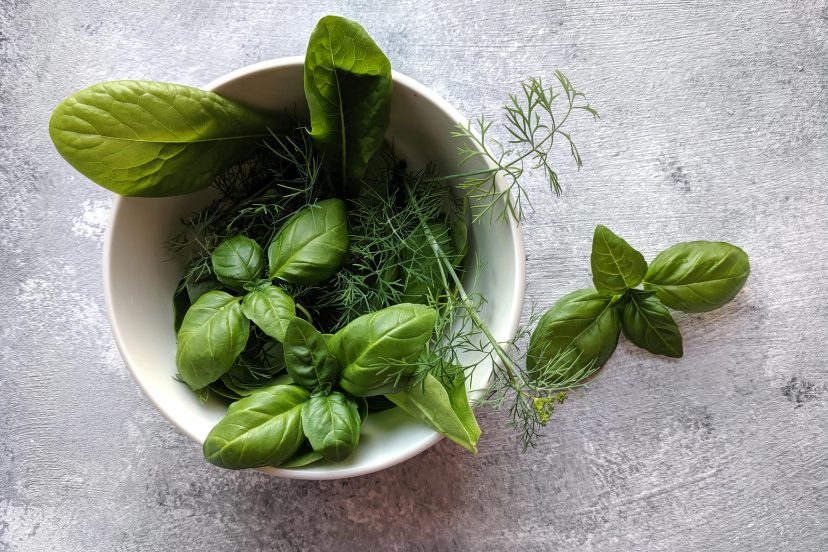
10 Tips for Continuous Indoor Harvests
1. Choose the Right Herbs for Indoors
Not all herbs adapt equally to container life. Basil, parsley, mint, thyme, oregano, and chives are proven winners indoors. They tolerate compact root spaces, regrow quickly, and don’t require constant fussing. If you’re a beginner, start with mint—it’s almost indestructible and forgiving if you forget a watering or two.
2. Provide Adequate Light Year-Round
Light is non-negotiable. While a sunny windowsill works in spring and summer, shorter days in fall and winter leave herbs struggling. Herbs tend to grow best when they get plenty of consistent light—around half a day or more under a lamp or sunny window. That’s where grow lights step in. A good full-spectrum LED not only prevents legginess (those weak, stretched stems) but also ensures steady growth all year. Place lights about 6–12 inches above your plants, and don’t be afraid to use timers to keep the schedule consistent.
3. Maintain Consistent Temperatures
Herbs don’t appreciate rollercoaster conditions. Most thrive between 65°F and 75°F. That’s essentially average room temperature, which makes them perfect housemates. Avoid drafty windows in winter and keep them away from heaters or air vents. A steady environment helps maintain strong flavor and resilience, which is great for growing herbs year round.
4. Use the Right Growing Medium
Healthy roots are the secret to happy herbs. For soil growers, a lightweight potting mix designed for indoor plants is essential—garden soil is too heavy and compacts quickly. For hydroponic growers, soilless mediums like coco coir, rockwool, or clay pellets provide excellent drainage and oxygenation. Roots breathe easier, which directly translates into faster, healthier growth.
5. Master Watering Without Overdoing It
Here’s where many new growers stumble: overwatering. Roots sitting in soggy soil can suffocate and rot. To avoid overwatering, check the soil with your finger and only add water if the surface feels dry. In hydroponic systems, monitor water levels closely and ensure proper oxygenation. Consistency beats volume. Herbs prefer a regular, measured sip over random flooding.
6. Feed Your Herbs with the Best Nutrients
Indoors, your plants depend entirely on you for nutrition. Outdoor soil replenishes itself, but container and hydroponic setups need supplemental feeding. A hydroponic nutrient solution delivers the perfect balance of nitrogen, potassium, and trace minerals. This ensures herbs remain vibrant, flavorful, and productive throughout the year.
7. Prune and Harvest Regularly
Here’s a secret: the more you harvest, the more herbs grow back. Snipping the tops of stems encourages branching, making plants bushier and more productive. When it’s time to harvest, snip lightly and leave most of the plant intact, taking less than a third so it keeps producing. Gentle, frequent harvests keep your herbs vigorous rather than stressed.
8. Rotate Plants for Balanced Growth
Even with grow lights, plants tend to lean toward the strongest light source. A simple rotation every few days ensures even exposure. If you’re using a windowsill, rotating is even more important to avoid lopsided plants. Balanced growth makes herbs healthier and more visually appealing in your space.
9. Control Pests Naturally Indoors
While indoor gardens face fewer pests than outdoor beds, you might still encounter aphids, spider mites, or fungus gnats. Thankfully, these can be managed easily without chemicals. Neem oil, insecticidal soap, or even introducing beneficial insects like ladybugs can keep your indoor garden thriving without sacrificing safety in your kitchen.
10. Keep Experimenting with Hydroponics
Hydroponics is a game-changer for herbs year round. Compact systems like AeroGarden or Click and Grow automate watering, lighting, and nutrients, making them nearly foolproof. They’re excellent for beginners while still exciting for advanced growers. Plus, the sleek design of many systems makes them a stylish addition to your kitchen or office.
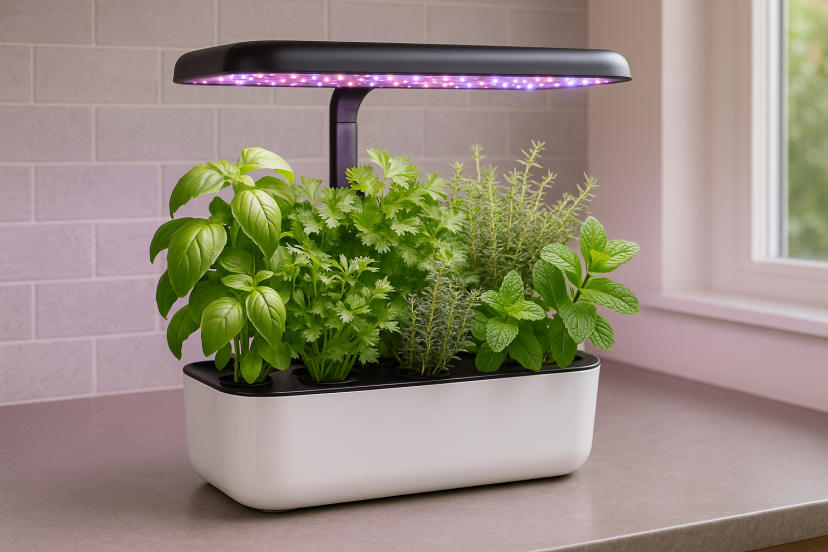
Smart Picks for Thriving Indoor Herbs
- AeroGarden Harvest Indoor Hydroponic Garden
Perfect for beginners, this countertop garden practically runs itself. With built-in lights and a smart watering system, it delivers reliable harvests even for those who “forget” to water. - VIPARSPECTRA LED Grow Light
Affordable yet powerful, this light provides the full spectrum herbs need for strong stems and rich flavor. Its energy efficiency also makes it budget-friendly in the long run. - Miracle-Gro Indoor Potting Mix
Specially formulated for indoor use, this soil prevents compaction and reduces the risk of fungus gnats. It’s lightweight and breathable, helping roots thrive. - Click and Grow Smart Garden 3
For those who want a plug-and-play option, this system uses pre-seeded pods and automatic watering. It’s compact, making it perfect for apartments or small kitchens. - VIVOSUN Indoor Greenhouse Shelf
Ideal for growers scaling up, this sturdy shelf provides space for multiple containers. Pair it with grow lights for a mini indoor greenhouse that supports continuous harvests.
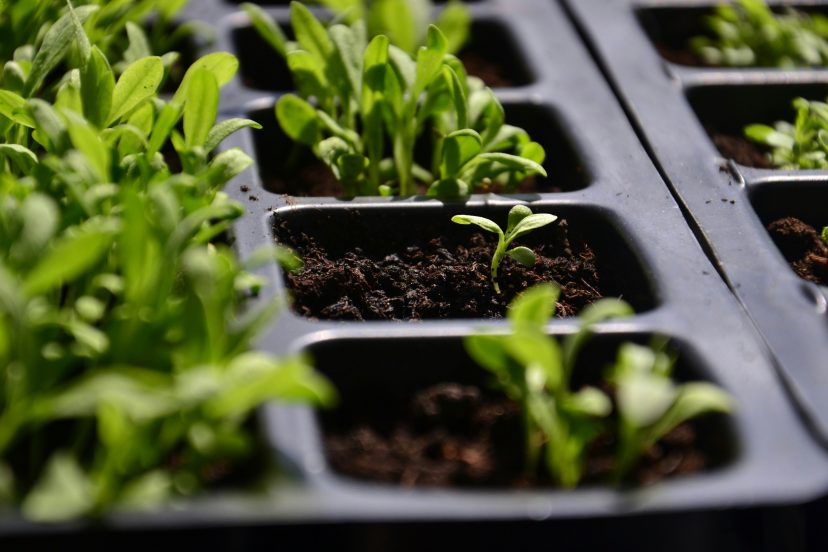
Proven Benefits of Indoor Gardening
Scientists have found that keeping plants indoors does more than brighten up a space—it can actually improve focus, ease stress, and support overall well-being. For instance, a study in the Journal of Environmental Psychology revealed that interacting with indoor plants lowered blood pressure and reduced stress levels, while also helping people concentrate better.
At the same time, hydroponics brings its own set of proven advantages. According to research published in Frontiers in Plant Science, hydroponic systems can use up to 90% less water than soil gardening and often deliver faster, healthier plant growth—making them a sustainable and practical option for growing herbs year round.
When you add in the countless real-world reviews from growers who report more consistent harvests with hydroponics, the evidence is clear: both science and everyday experience agree that indoor herb gardening is well worth the effort.
Conclusion
Growing herbs year round isn’t complicated—it just takes consistency. Choose the right herbs, provide steady light, feed them well, and prune regularly. Before long, you’ll wonder why you ever settled for wilted store-bought parsley. Whether you lean toward traditional pots or sleek hydroponic systems, the result is the same: endless fresh flavor, right in your home. The first step? Pick one or two herbs you love most and start small. Once you see your basil thriving in January, you’ll be hooked. Fresh herbs aren’t just about food—they’re about creating a healthier, more connected lifestyle.
FAQs
1. Which herbs thrive all year long indoors?
Mint, basil, parsley, thyme, oregano, and chives adapt well indoors and continue producing with the right care.
2. Do I need grow lights for indoor herbs?
Yes, unless you have a south-facing window with at least 6 hours of sun daily. Grow lights ensure steady growth, especially in winter.
3. How many times should my herbs be harvested?
Light harvests every week or two keep herbs bushy. For healthy regrowth, limit each harvest to less than one-third of the plant.
4. Can hydroponics replace soil for herb gardening?
Absolutely. Hydroponics often delivers faster growth, larger yields, and reduced pest issues compared to traditional soil gardening.
5. What’s the easiest herb to start with indoors?
Mint is a forgiving starter herb. It tolerates lower light, uneven watering, and still grows vigorously.

